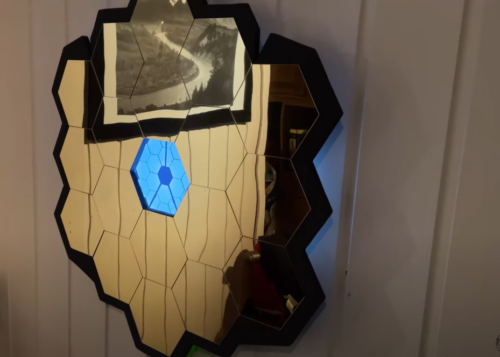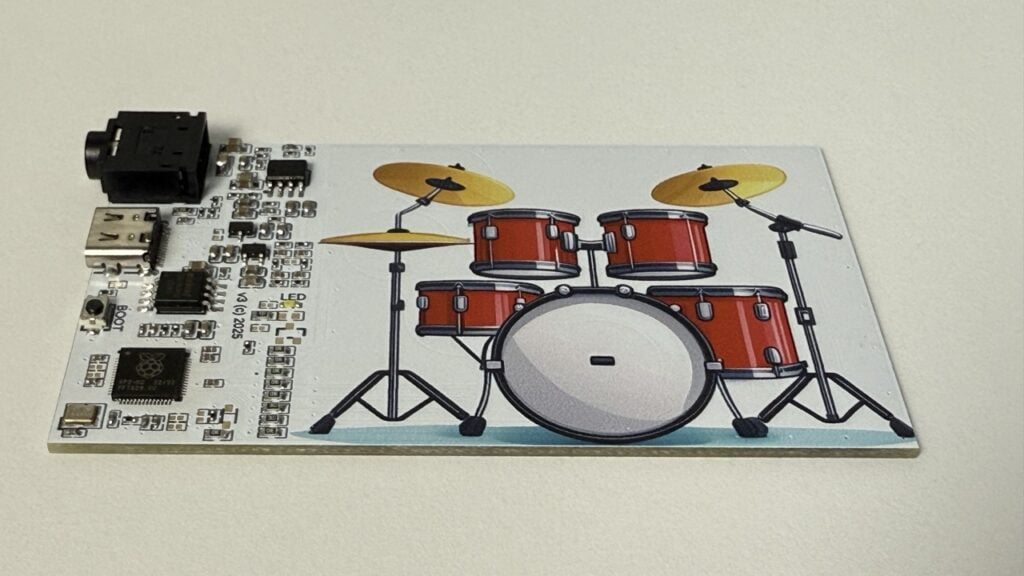We had a blast seeing everyone’s kooky creations at Open Sauce this summer, and one of the interesting people we met was Ted Tagami, who told us about a dare he couldn’t turn down over a decade ago…
“In 2013, a dear friend dared me to build an advertising network using satellites in space. Being a child of the 1960s, the idea that running a space programme was possible for me was something I could not pass by. I was not interested in the advertising.”
“That daring friend became my co-founder when we launched Magnitude.io, with zero science or engineering knowledge of how to do this. Fast-forward four years, and ExoLab-1 became our first mission to the International Space Station. With one lab running in microgravity 400km above the planet, we launched with a dozen Californian schools networked with Raspberry Pi–powered, ground-based labs.”

Turning classrooms into space-faring research labs
ExoLab is an educational programme that connects students around the world with real scientific research taking place aboard the International Space Station (ISS). Students in ordinary classrooms on Earth grow plants while an identical experiment unfolds simultaneously in microgravity.
Each participating school receives an ExoLab growth chamber that tracks temperature, humidity, light, and CO₂ levels while capturing timelapse images of plant development. Students plant seeds, collect data, and compare their findings with the parallel experiment happening in space — all in real time.
Over the course of a four-week mission, students join live broadcasts with classrooms all over the world. They hear directly from astronauts and NASA scientists, discuss everyone’s observations, and share their own discoveries.
So far, more than 24,000 students and 1400 teachers across 15 countries have taken part in 12 missions. Keep your eyes peeled for the results of ExoLab-13: Mission MushVroom!

Not the only Raspberry Pis in space
We liked how much ExoLab reminded us of the Raspberry Pi Foundation’s groundbreaking Astro Pi programme, which sees students run their own code on the International Space Station. While ExoLab works with NASA, Astro Pi sees students collaborate with astronauts from the European Space Agency.

Last year’s challenge was bigger than ever, with 25,405 young people participating across 17,285 teams. They’re now analysing the data they’ve received from the experiments that ran on the ISS. It’s free to take part, so if you know of a young person (under 19 years of age) who would like to launch their code into space, they can choose their mission and get started within an hour!
Rocketry, satellites, space waste, and more
We’re big fans of seeing Raspberry Pis in space, and we’ve seen everything from space-grade waste recycling to kaleidoscopic space art.

If you’ve already done Astro Pi and would like to try a more challenging build, you could look into the ISS Mimic project, which sees student teams build a 1%-scale version of the International Space Station and code it so that it mimics the exact actions of the real thing up in orbit. (It’s very cool. We follow Team ISS Mimic around to events like Open Sauce — they also introduced us to the ExoLab folks.)
If we’ve piqued your interest, why not peruse the space archives on our website? There are more Raspberry Pis up there than you think!
The post How thousands of students are growing plants in space with Raspberry Pi appeared first on Raspberry Pi.
from News - Raspberry Pi https://ift.tt/8oIET5J

No comments:
Post a Comment